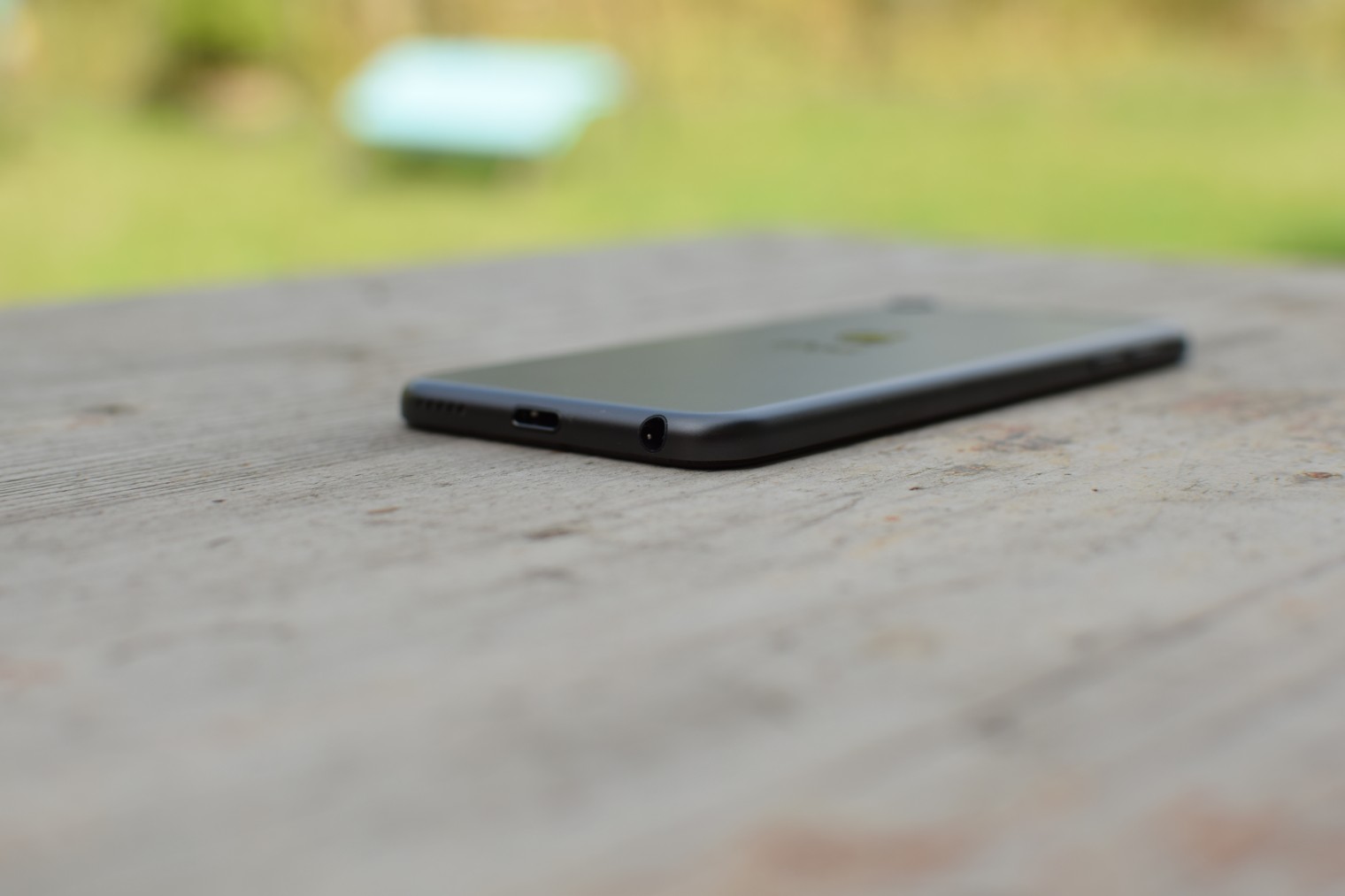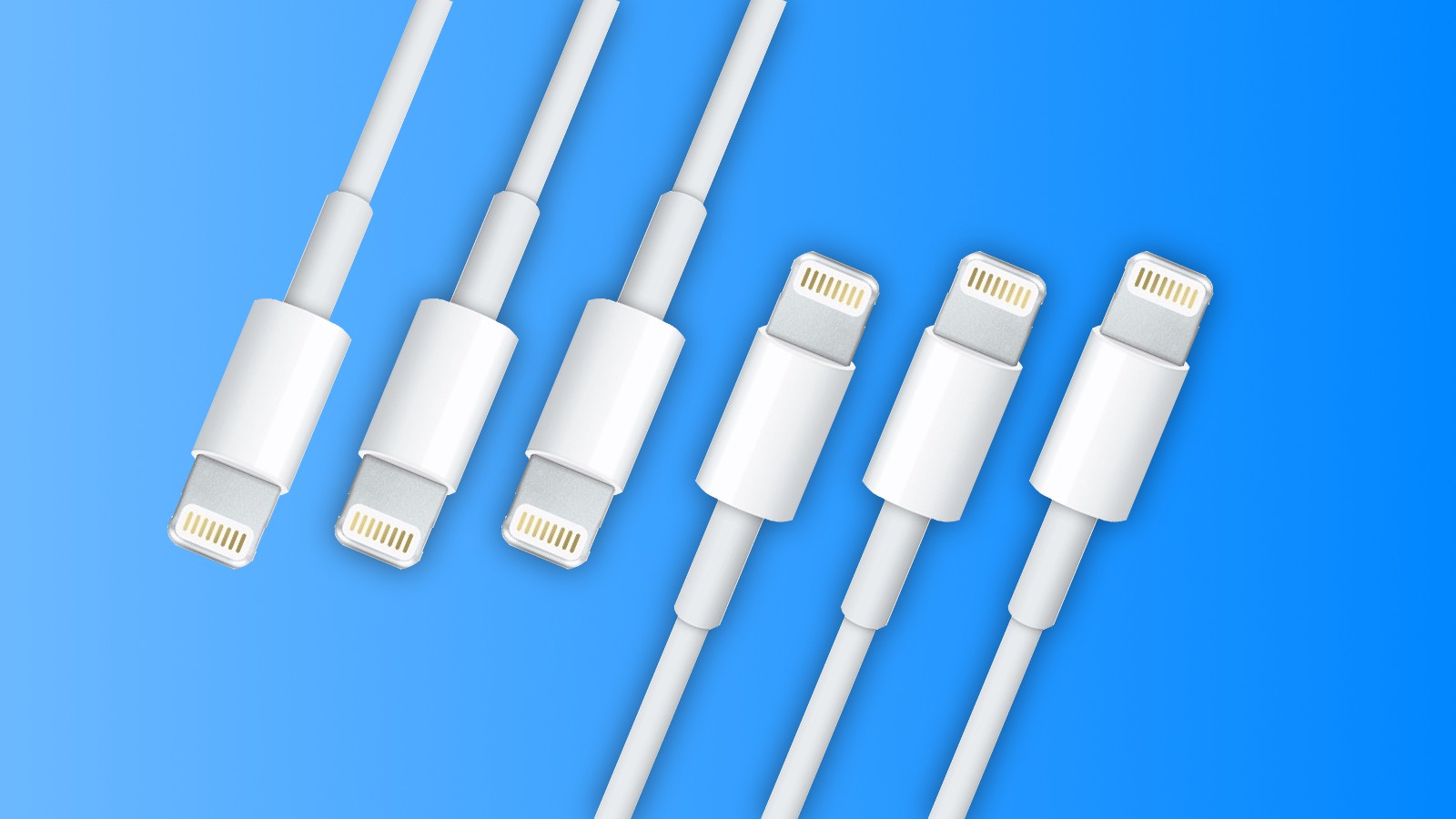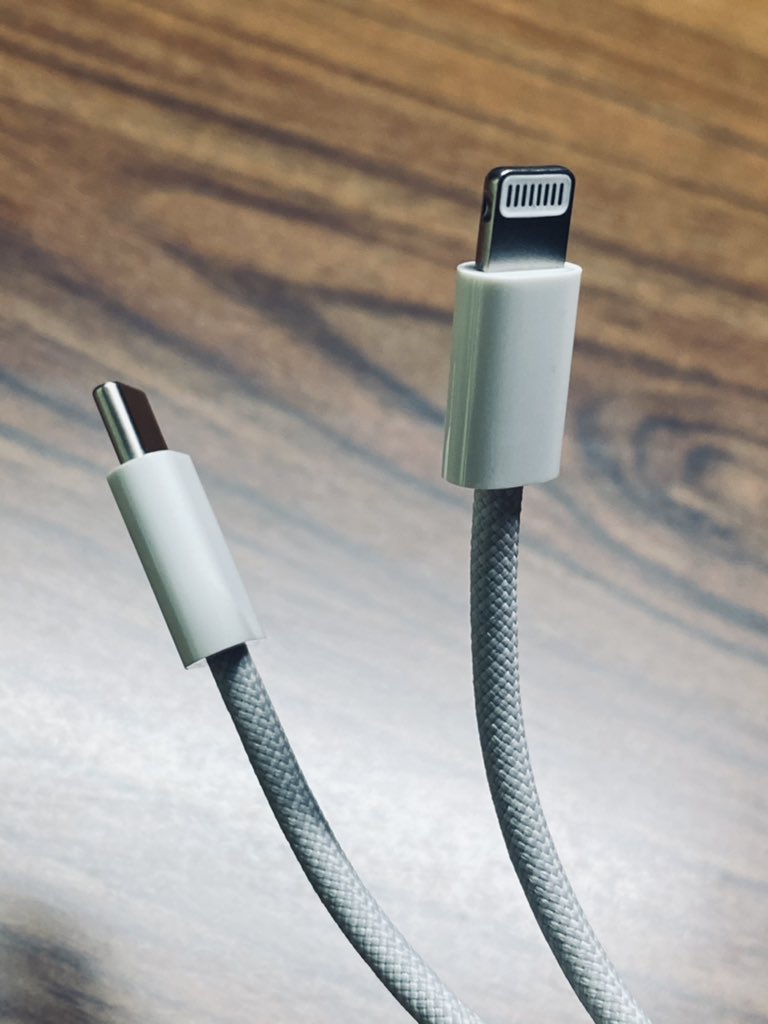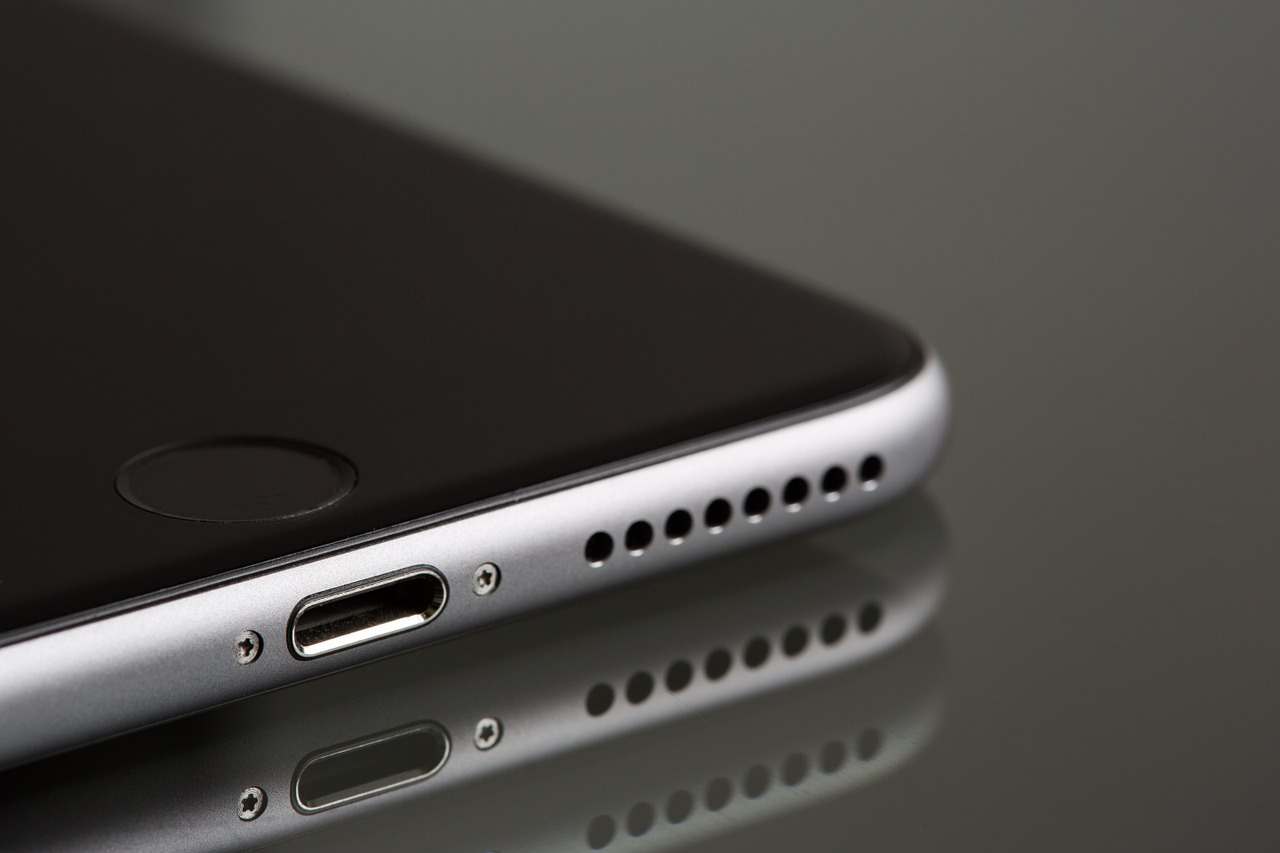When Apple introduced the iPhone 2016 in 7, it managed to upset many Apple fans. It was for this series that he removed the traditional 3,5 mm jack connector for the very first time. From this moment on, users had to rely solely on Lightning, which was no longer only used for charging, but also took care of audio transmission. Since then, Apple has been slowly phasing out the classic jack, and only two devices that offer it can be found in today's offer. Specifically, this is the iPod touch and the latest iPad (9th generation).
It could be interest you

Does jack or Lightning offer better sound quality?
However, an interesting question arises in this direction. In terms of quality, is it better to use a 3,5mm jack, or is Lightning preferable? Before answering this question, let's quickly explain what Apple Lightning can actually do. We saw its launch for the first time in 2012 and it is still a constant in the case of iPhones. As such, the cable specifically handles charging and digital signal transmission, which put it far ahead of its competition at the time.
As for the audio quality, Lightning is in most cases significantly better than the standard 3,5mm jack, which has its own simple explanation. The 3,5mm jack is used to transmit an analog signal, which is a problem these days. In short, this means that the device itself has to convert digital files (songs played from the phone, for example in MP3 format) to analog, which is taken care of by a separate converter. The problem lies in the fact that most manufacturers of laptops, phones and MP3 players use cheap converters for these purposes, which unfortunately cannot ensure such quality. There is also a reason for that. Most people don't pay much attention to audio quality.

In short, Lightning leads in this direction, as it is 100% digital. So when we put it together, it means that audio that is sent from a phone, for example, does not need to be converted at all. However, if the user were to reach for significantly better headphones that offer a premium digital-to-analog converter, the quality is of course on a completely different level. In any case, this does not apply to the general public, but rather to so-called audiophiles, who suffer from sound quality.
The optimal solution for the masses
Based on the information described above, it is also logical why Apple eventually retreats from the presence of a 3,5 mm jack. Nowadays, it simply doesn't make sense for the Cupertino company to maintain such an old connector, which is also significantly thicker than its competitor in the form of Lightning. At the same time, it is necessary to realize that Apple does not make its products for a certain group of people (for example, audio lovers), but for the masses, when it is about the greatest possible profit. And Lightning can be the right way in this, although let's pour some pure wine, the classic jack is missing from time to time for each of us. In addition, it is not only Apple in this regard, as we can observe the same change in, for example, Samsung phones and others.
 Flying around the world with Apple
Flying around the world with Apple 



"From now on, users had to rely solely on Lightning, which no longer only served for charging, but also took care of audio transmission." – this is bad information. Lightning and its predecessor, the 16-pin connector, were never used only for charging, but also for data transmission and, of course, not quite correctly described audio transmission.
Okay, and have you already tried to disassemble the short cable - the reduction from lightning to 3,5 mm jack? It can be bought for under 150 crowns. What is the DA converter there? I think you should reconsider the content of the article. ;-)